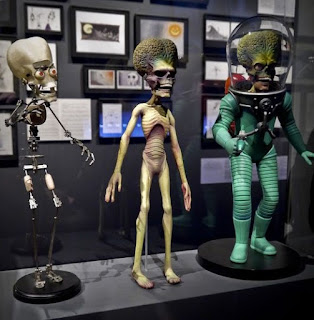Animation...what I thought was black and white turns out to be a whole grey area.
Ever since I started my BA Degree in animation, we where always taught to either shoot on one's or to shoot on two's (one's and two's refers to the term of how many frames you need to capture to animate, for example, shooting on one means you need 24 frames to complete one second of film, while two's means you take 12 double frames to make up the 24 frames per one second) that's all there was to it, ad for the longest time that was my golden rule. Since I began animating, I have found it more increasingly difficult to animate my puppets by this rule, shooting on ones made it move to fast, shooting on two's made them look slow and sluggish. Then, out of nowhere I thought to myself "This is Dragonframe I can play around with the frame rates, why don't I mix it up" I took one frame, then a double, then a single, then a double, etc... and out of the frustration and struggle, suddenly the animation fit the puppets, then I started to become creativ...


